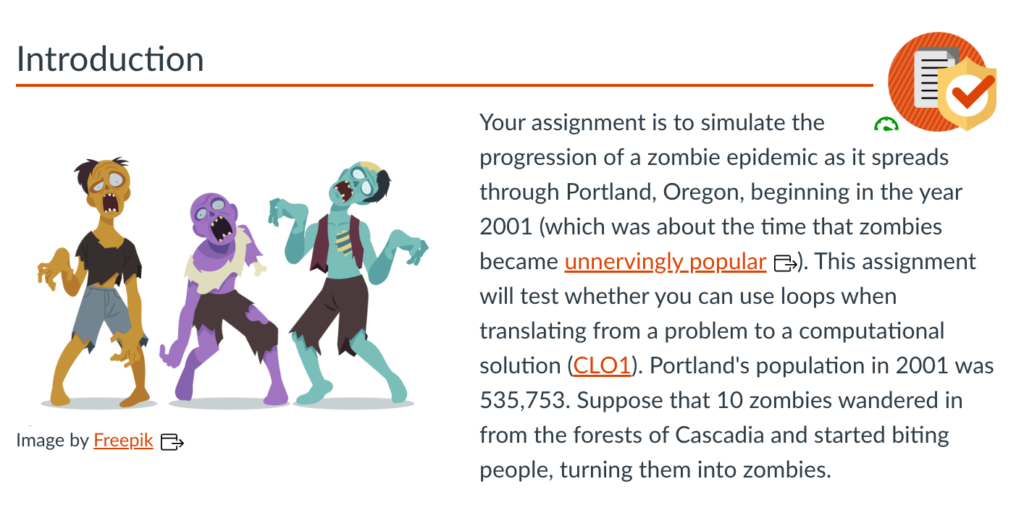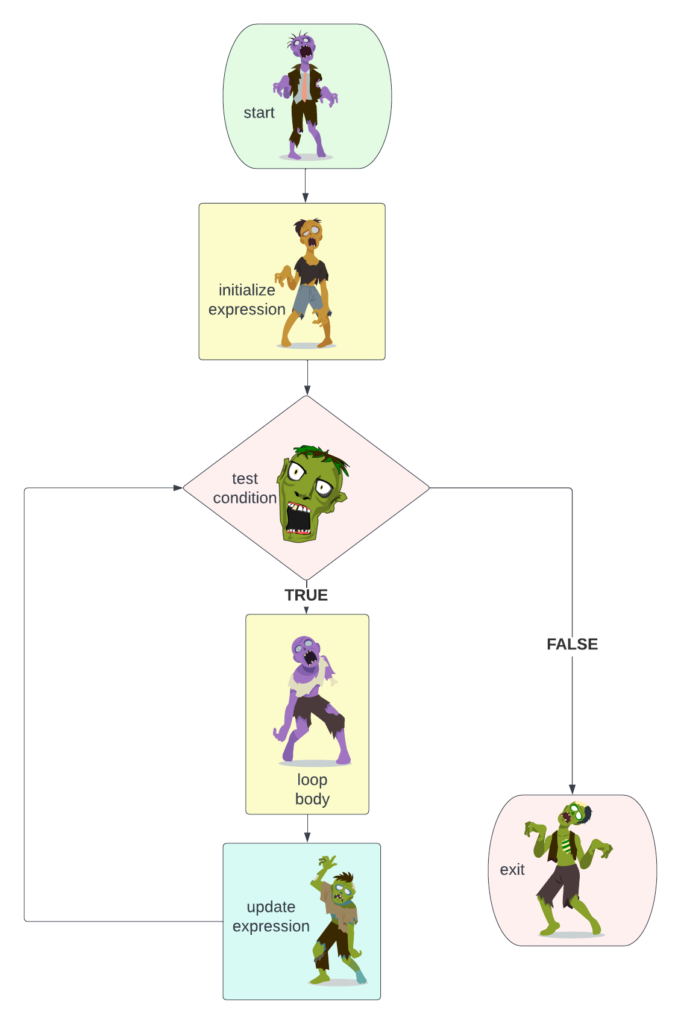A few years ago, I was taking a Statistics class that was dreaded by most students in my graduate program. Upon starting, I discovered with pleasure that the instructor had introduced a new textbook, called An Adventure in Statistics: The Reality Enigma by Andy Field. The book followed a story-telling format and featured an outlandish science-fiction type plot, humor, colorful graphics, and comic-book snippets.
The merits of storytelling have been widely discussed, and that’s not what I want to talk about here. Rather, I’d like to highlight a specific element that I believe made a great contribution to the book’s instructional value: most of the content is presented through the dialogue between the main character, Zach, who needs to learn statistics, and various mentors, in particular one professor-turned-cat. The mentors guide Zach through his learning journey by explaining concepts, answering his queries, and challenging him with thought-provoking points. This makes the content more approachable and easier to understand as we, the students, struggle, ask questions, and learn together with Zach.
I believe that using dialogues—in particular of the student-tutor type—instead of monologues in instructional materials is an underutilized method of making difficult concepts more accessible. It is not a topic that has been researched much, but I did encounter a few interesting references.
One term that is often used to refer to this type of learning—by observing others learn—is “vicarious learning”. It was introduced in the 1960’s by Bandura, who showed that learning can happen through observing others’ behavior. Later, it was also used to talk about learning through the experiences of others or through storytelling (Roberts, 2010).
I was interested specifically in the effectiveness of student-tutor dialogue, which is a type of vicarious learning, and I found two articles that presented research on this topic.
Muller, Sharma, Eklund, and Reiman (2007) used instructional videos on quantum mechanics topics for second year physics students. In one condition, the video was a regular presentation of the material. In the other, the video was a semi-authentic dialogue between a student and a tutor, and incorporated alternative conceptions that physics students might hold, in combination with Socratic dialogue. The authors found significantly better outcomes on the post-test for the dialogue treatment.
Chi, Kang, and Yaghmourian (2017) conducted two studies that also featured physics concepts. They compared the effects of student-tutor dialogue videos versus lecture-style monologue videos, using the same tutors and the same supporting multimedia presentations. They, too, found increased learning for the students who watched the dialogue videos. They also found that students who watched the dialogue videos seemed to engage more in solving problems, generating substantive comments, and interacting constructively with their peers. The researchers offered some possible explanations for why this was the case: the incorrect statements and questions of the tutee triggered a more active engagement; tutees can serve as a model of learning; tutees make errors which are followed by tutor feedback – what they call “conflict episodes” that may motivate students to try harder.
Creating tutorial dialogue videos is time consuming and more difficult than making regular lectures. So, it is certainly not practical to use them on a large scale. However, it may be worth considering them for those areas where students struggle a lot.
Let us know if you’ve tried vicarious learning in any shape or form!
References:
Bandura A, Ross D, Ross S (1963) Vicarious reinforcement and imitative learning. Journal of Abnormal and Social Psychology 67(6): 601–607.
Chi, M. T., Kang, S., & Yaghmourian, D. L. (2017). Why students learn more from dialogue- than monologue-videos: Analyses of peer interactions. Journal of the Learning Sciences, 26(1), 10-50.
Muller, D. A., Sharma, M. D., Eklund, J., & Reimann, P. (2007). Conceptual change through vicarious learning in an authentic physics setting. Instructional Science, 35(6), 519–533. http://www.jstor.org/stable/41953754
Roberts, D. (2010). Vicarious learning: A review of the literature. Nurse Education in Practice, 10(1), 13-16.











